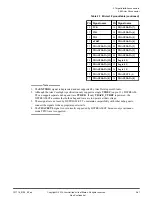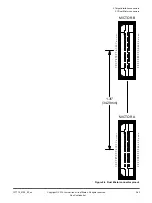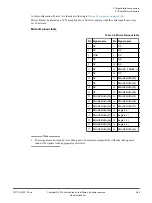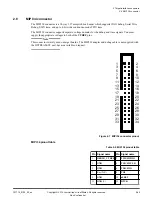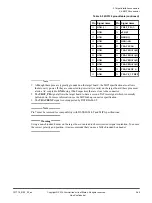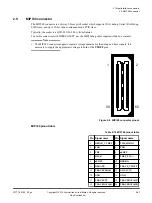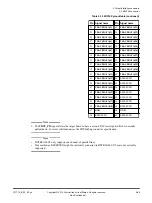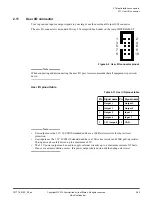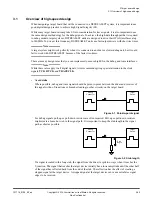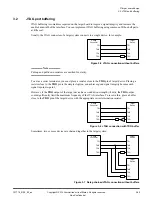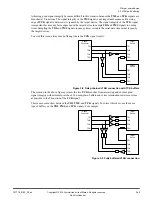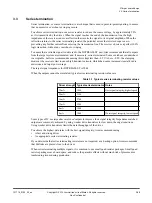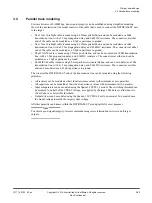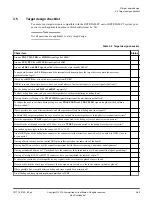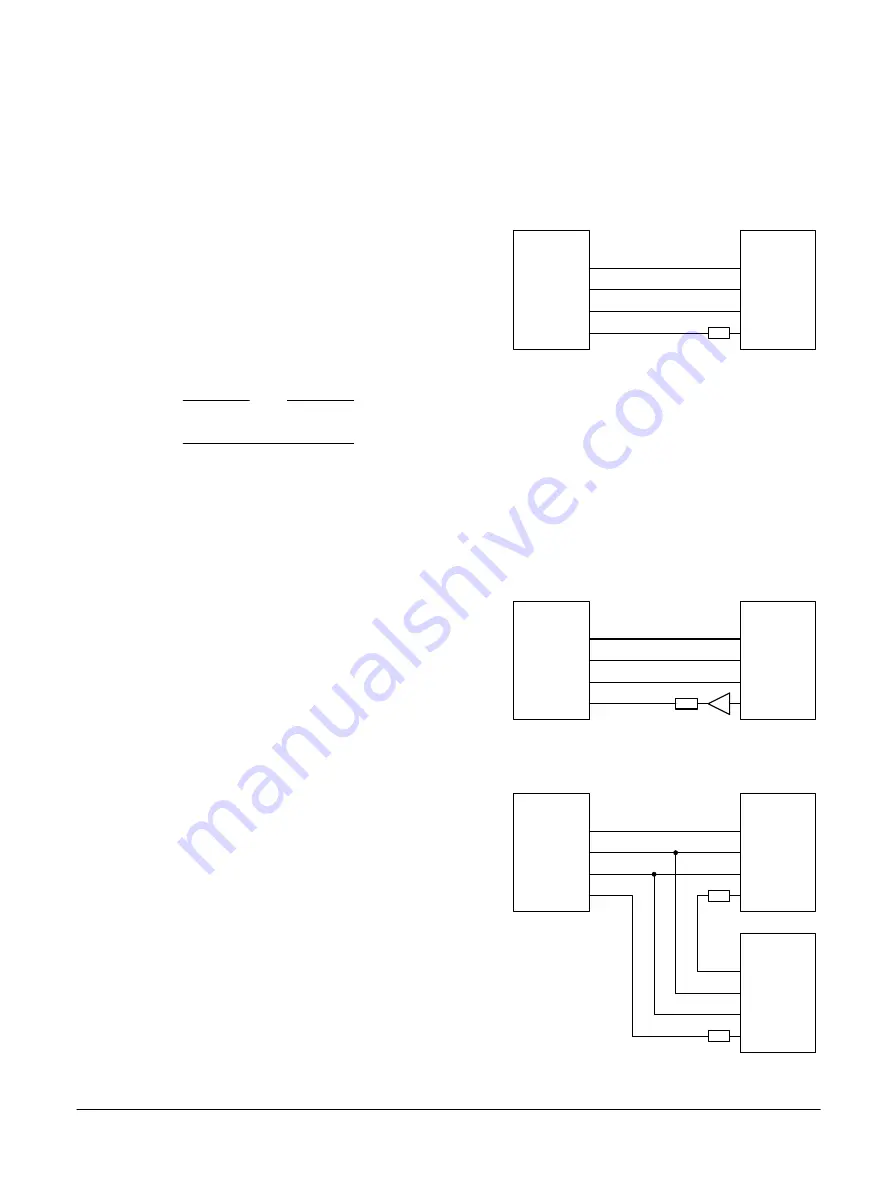
3.2
JTAG port buffering
JTAG buffering is sometimes required on the target board to improve signal integrity and increase the
usable bandwidth of the interface. You can implement JTAG buffering using common off-the-shelf parts,
at little cost.
Usually, the JTAG connector of a target system connects to a single device, for example:
Target
Device
Debug
Connector
TDI
TMS
TCK
TDO
TDI
TMS
TCK
TDO
Figure 3-5 JTAG connection without buffers
Note
Pull-up and pull-down resistors are omitted for clarity.
To act as a series terminator, you must place a resistor close to the
TDO
pin of target device. Placing a
resistor close to the
TDO
pin is the simplest option, and achieves good signal integrity because each
signal is point-to-point.
However, if the
TDO
output of the target device has a weak drive-strength (<4mA), the
TDO
output
could significantly limit the maximum frequency of the JTAG interface. To resolve this, place a buffer
close to the
TDO
pin of the target device with the appropriate series termination resistor:
Target
Device
Debug
Connector
TDI
TMS
TCK
TDO
TDI
TMS
TCK
TDO
Figure 3-6 JTAG connection with TDO buffer
Sometimes, two or more devices are chained together in the target system:
Debug
Connector
TDI
TMS
TCK
TDO
Target
Device
TDI
TMS
TCK
TDO
Target
Device
TDI
TMS
TCK
TDO
Figure 3-7 Daisy-chained JTAG connection without buffers
3 Target board design
3.2 JTAG port buffering
101714_0100_02_en
Copyright © 2019 Arm Limited or its affiliates. All rights reserved.
3-55
Non-Confidential

